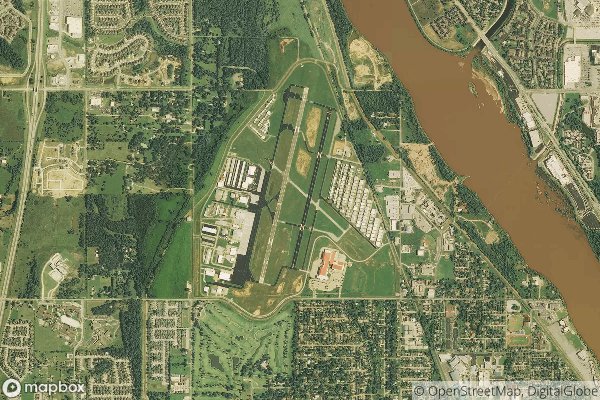| Abbreviation | BOW/KBOW |
| Name | Bartow Municipal Airport |
| Location | Bartow, Florida |
| Serving | Bartow and Polk County |
- See here the complete List Of All Airports In United States with Codes.
Understanding BOW/KBOW Airport Code (Structure of Airport Codes, Challenges and Confusions)
When it comes to air travel, airport codes play a crucial role in identifying airports and creating a standardized system for communication within the aviation industry. The BOW/KBOW airport code is one such code that represents an airport with a unique identifier. Understanding the structure, challenges, and potential confusions associated with airport codes like BOW/KBOW can provide valuable insights into the world of aviation.
Decoding Airport Code
Airport codes are three-letter identifiers assigned to airports around the world. These codes are typically derived from the name of the airport or city they serve, although some codes may appear unrelated to the airport’s name due to historical or logistical reasons. The BOW/KBOW airport code, for example, represents Bartow Municipal Airport in Bartow, Florida. Understanding the logic behind airport codes can help travelers and aviation professionals make sense of these seemingly random combinations of letters.
Operational Significance
The BOW/KBOW airport code has significant operational implications in aviation. Pilots, air traffic controllers, and other aviation personnel use these codes for efficient and clear communication. The code is used in flight planning, weather reports, navigation charts, and air traffic control instructions. Understanding the role of the BOW/KBOW airport code in aviation operations sheds light on its importance in ensuring safe and efficient air travel.
History of Airport Codes
The history of airport codes dates back to the infancy of commercial air travel. In the early days of aviation, airports were identified with two-letter codes. As air travel expanded globally, the three-letter system was introduced to accommodate a larger number of airports. While the process of assigning these codes may seem straightforward, the history and evolution of airport codes can add depth to our understanding of their significance in the modern aviation industry.
Understanding airport codes like BOW/KBOW involves recognizing the challenges and potential confusions that can arise. These codes are subject to international standards but may still present difficulties for travelers and aviation professionals. It’s essential to be aware of potential challenges in interpreting, communicating, and using airport codes to avoid misunderstandings and ensure smooth air travel experiences.
In conclusion, delving into the world of airport codes, including the BOW/KBOW airport code, provides a deeper understanding of the intricacies of aviation operations. Recognizing the structure, challenges, and historical context of these codes can help both industry professionals and travelers navigate the complexities of air travel with greater insight and clarity.



